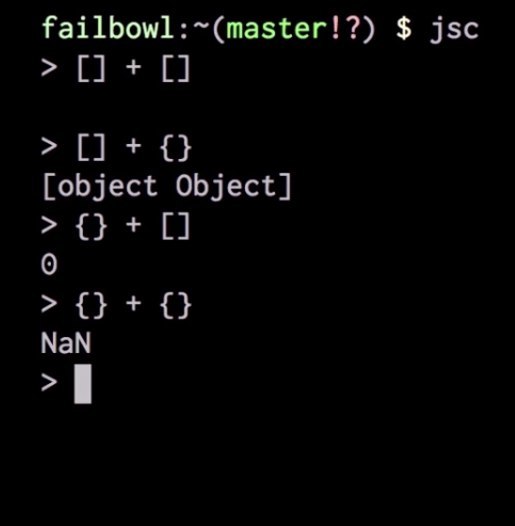Answer the question
In order to leave comments, you need to log in
How does undefined behavior in javascript stack up at the V8 level?

Read about the oddities of JS. But how is this explained? Many of you at the university wrote in C ++. And we learned to define an overload of the operator of addition, subtraction, etc., however, we either handled undefined behaviors with exceptions, or somehow logically processed the input parameters of the operands (obj1 + obj2). But how is it processed?
After all, browser engines are written in C ++, which means that all this JS business is defined at the C ++ level, I wonder what internals determine this behavior. How can I understand such things?
Answer the question
In order to leave comments, you need to log in
however, we either handled undefined behaviors with exceptions, or somehow logically handled the input parameters of the operands (obj1 + obj2). But how is it processed?
Didn't find what you were looking for?
Ask your questionAsk a Question
731 491 924 answers to any question